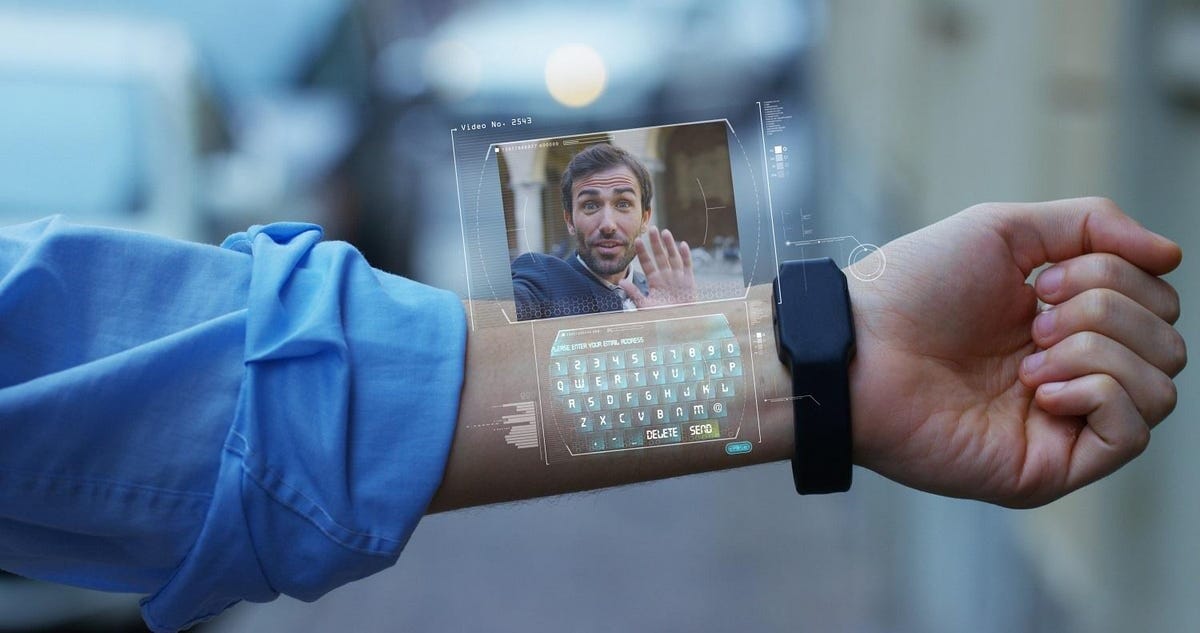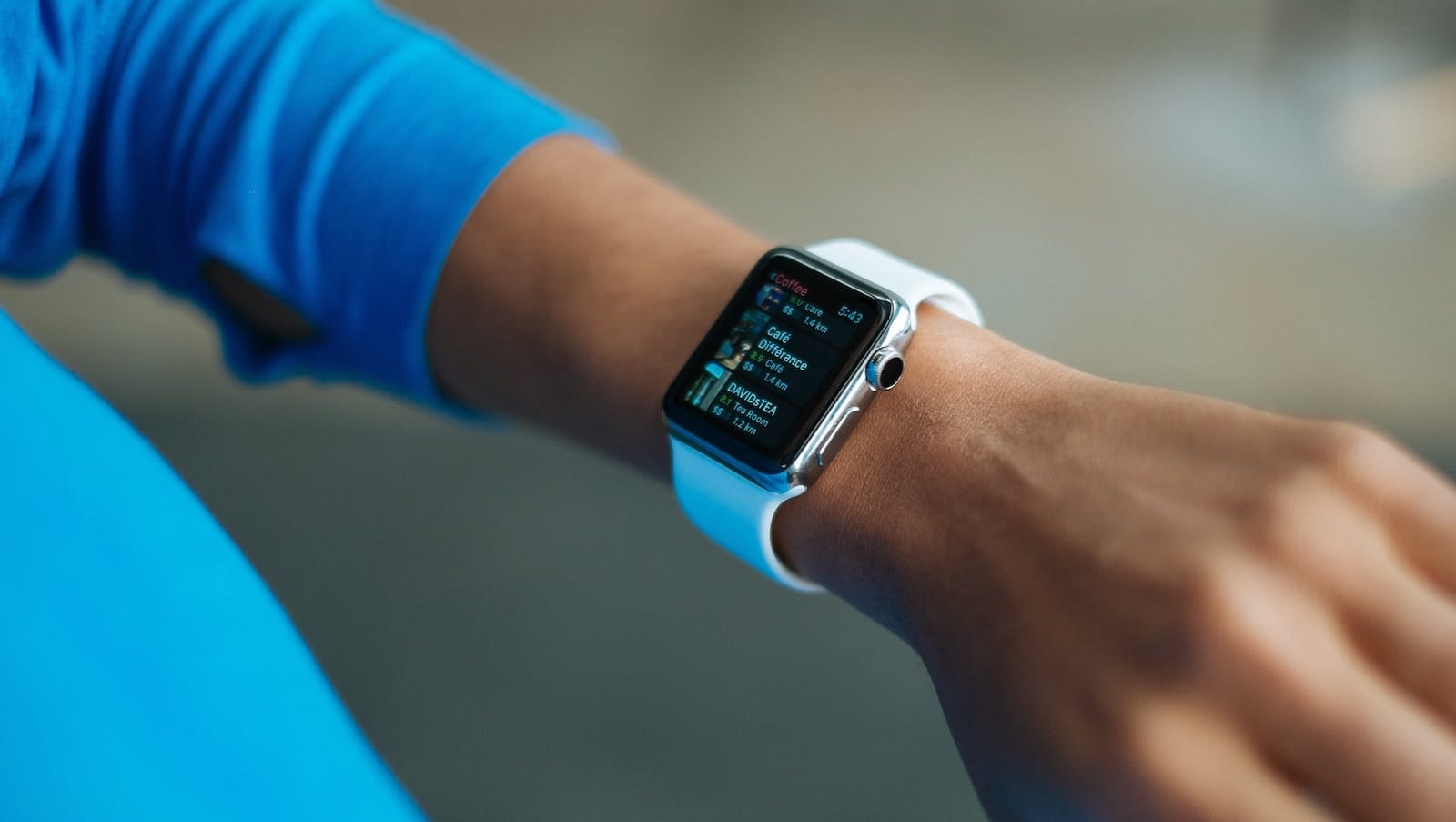Wearable Technology Trends: What to Expect in 2024 and Beyond

Wearable technology has emerged as one of the most transformative innovations in the modern world. From fitness trackers to smartwatches and even advanced medical devices, wearables have changed how we monitor our health, communicate, and interact with the digital world. As we look ahead to 2024 and beyond, the evolution of wearable technology shows no signs of slowing down.
The Rise of Smart Fabrics and Clothing
One of the most exciting trends in wearable technology is the integration of smart fabrics and clothing.
Smart Jackets
Companies like Google and Levi’s are already exploring this space with their smart jackets that can control music or answer calls with a simple gesture. By 2024, we can expect smart clothing to become more mainstream, offering consumers a seamless way to track their health and stay connected without wearing a traditional device.
Benefits of Smart Fabrics
Comfort and convenience
Wearing sensors integrated into fabrics eliminates the need for multiple devices.
Wider applications
From professional athletes to individuals with medical conditions, smart clothing can be tailored for various needs.
Advanced Health Monitoring and Diagnostics
Health and wellness have always been a significant focus of wearable technology, and this trend will continue to grow in 2024 and beyond.
Key Innovations in Health Monitoring
Non-invasive glucose monitoring
Future wearables may be able to track blood sugar levels without the need for a finger prick, making life easier for individuals with diabetes.
ECG and blood pressure monitoring
Already available in some smartwatches, these features will become more accurate and accessible, potentially saving lives by detecting early signs of heart disease.
Mental health monitoring
Wearable technology will incorporate features that detect stress, anxiety, and mood changes, providing real-time data for mental health interventions.
Wearables will collect and analyze vast amounts of health data, which can be shared with healthcare providers for better diagnosis and treatment plans.
Wearables in the Workplace
As businesses continue to embrace digital transformation, wearable technology will find its place in the workplace as well. In 2024, we can expect to see wearables being used to enhance productivity, monitor employee health, and improve workplace safety.
Workplace Wearable Applications

Productivity tracking
Wearables can track employee movement and activity, helping businesses understand workflow inefficiencies and optimize tasks.
Employee wellness programs
Companies can offer wearables as part of wellness initiatives, encouraging employees to stay active and monitor their health.
Augmented Reality (AR) and Virtual Reality (VR) Integration
As these technologies evolve, wearables will enable more immersive experiences in areas like gaming, education, and professional training.
AR/VR Wearables in Action
Gaming
AR wearables will bring gaming to life, allowing users to interact with digital objects in the real world.
Healthcare
The combination of AR, VR, and wearable technology will revolutionize how we learn, work, and play by providing deeper, more interactive experiences.
Sustainability and Eco-Friendly Wearables
In 2024, we can expect to see a rise in eco-friendly wearables made from sustainable materials and designed with energy-efficient features.
Sustainability Trends in Wearables
Recyclable materials
Companies will focus on creating wearables from biodegradable or recyclable materials to reduce electronic waste.
Solar-powered wearables
Wearables with integrated solar cells will offer longer battery life and reduce the need for frequent charging.
Modular designs
Future wearables may be designed to allow easy replacement of components, extending the lifespan of the devices and reducing waste.
These sustainable innovations in wearable technology will appeal to eco-conscious consumers and help the industry move towards a more responsible future.
Wearable Payments and Contactless Solutions
Devices like smartwatches are already capable of making contactless payments, and this feature will become more widespread and secure in the coming years.
Key Developments in Wearable Payments
Enhanced security
With advancements in biometric authentication, wearable payments will become more secure, reducing the risk of fraud.
Wider adoption
More businesses will accept payments through wearable technology, making transactions faster and more convenient for consumers.
Integrated services
The growing adoption of wearable technology in the payment industry will streamline everyday transactions, offering greater convenience and security for users.
Conclusion
As we look ahead to 2024 and beyond, it’s clear that wearable technology will continue to evolve and shape various aspects of our lives. From advanced health monitoring to smart fabrics and AR integration, the potential applications of wearables are vast and exciting. The future promises more intuitive, sustainable, and innovative devices that will enhance how we live, work, and interact with the world around us.




